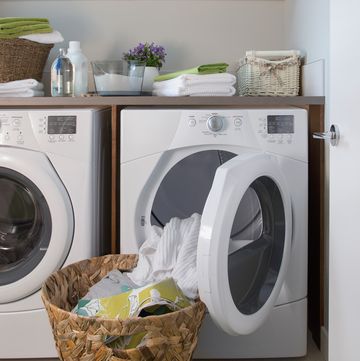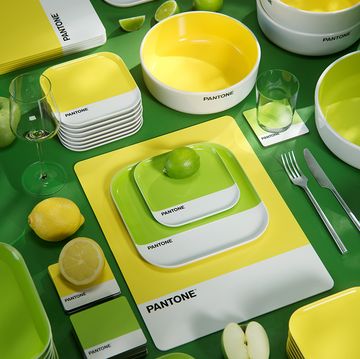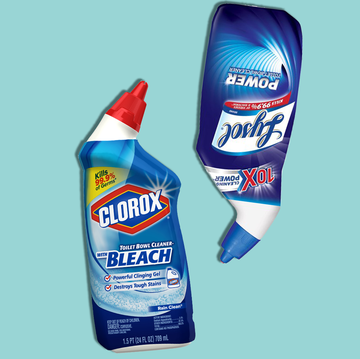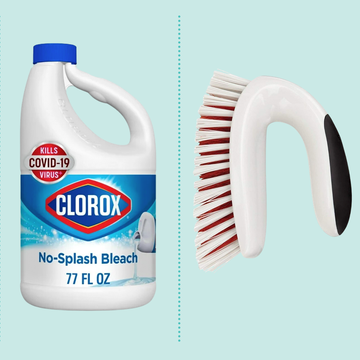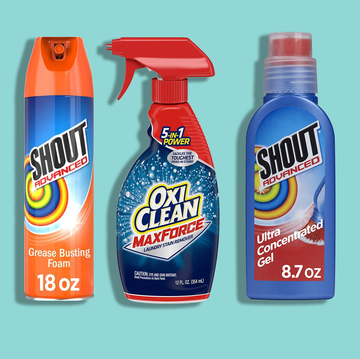Nearly half of all bottled water sold in the United States is tap water, which companies put in plastic bottles and sell at huge profits, according to a new report by Food & Water Watch. Tap water's share of the bottled water market grew from 32.7% in 2000 to 47.8% in 2009 (the rest is spring water), according to the group, which based its analysis on of the bottled water industry's own data. In all, 2.5 billion gallons of municipal tap water, which taxpayers pay to treat, is bottled and sold for $1 (or often much more) per gallon, when the same municipal tap water typically costs a penny or less per gallon ... and is conveniently delivered to your home.
"These are the numbers the bottled water industry doesn't want you to see," said Food & Water Watch executive director Wenonah Hauter. "These figures reveal that more and more bottled water is basically the same product the flows from consumer taps, subsidized by taxpayer dollars—then poured into an environmentally destructive package, and sold for thousands of times its actual value."
According to Food & Water Watch, the increase in the use of tap water comes down, primarily, to Nestle's decision to switch its Pure Life brand from spring to tap water in 2005 ... and it's subsequent advertising campaign, which boosted sales nearly 20% (for an arguably less desirable product).
This all reminds us of our piece on the problems with bottled water, which we reprise here:
For years, advocacy groups have been raising concerns about bottled water: Not only do bottles end up littering the landscape, and not only are those plastic bottles derived from fossil fuels, but they also may leach chemicals into water and the quality of the water is not stringently monitored.
But many Americans have a healthy distrust of advocacy groups. If you're one of them, then consider this. The Government Accountability Office, the well-respected and nonpartisan research organization that serves Congress, has concluded a yearlong investigation, and come up with basically the same conclusions. Here's a summary:
Water Quality
Surveys have shown that perceived health benefits are behind the staggering increase in the consumption of bottled water -- from 13.4 gallons per person in 1997 to 29.3 gallons per person in 2007. While on paper, the Food and Drug Administration limits on contaminants in bottled water mirror the Environmental Protection Agency's strict limits on contaminants in tap water supplied by community water systems, that doesn't mean bottled water is as closely watched or as safe as tap water. Here's why:
Phthalates
Unlike the EPA, which has set limits on phthalates in water, the FDA has stalled for more than 15 years in publishing a limit on the phthalate DEHP in bottled water. DEHP is an ingredient in plastic, and (the GAO report does not detail the chemical's potential health effects as we do here) laboratory studies have linked some phthalates to problems with male fertility -- including decreased sperm counts and penis and testes sizes -- with obesity, and with other health problems related to hormonal imbalances. Several phthalates have been banned in children's products for this same reason: They inhibit the normal function of testosterone, the male hormone.
Testing
While the EPA requires drinking water suppliers to use certified labs to test their water, the FDA does not have this authority. Further, test results don't have to be reported to the FDA -- even if the test results show violations of drinking water quality standards. Even those states that have rules that exceed FDA requirements typically don't match EPA requirements.
Labeling
While the EPA requires public drinking water systems to annually publish the results of water quality testing, along with information about the drinking water source and known threats, the FDA does not require this of bottled water companies. The GAO reports: "In 2000, the FDA concluded that it was feasible for the bottled water industry to provide the same types of information to consumers that public water systems must provide. However, the agency was not required to conduct a rulemaking requiring that manufacturers provide such information to consumers, and has yet to do so."
"High Risk" Regulation
The GAO has repeatedly warned that the FDA is not up to the task -- lacking staff, funding and regulatory authority (while seeing staffing drop 19%, the facilities it was charged with inspecting increased 28% between about 2001 and 2007) -- to adequately police the nation's food supply. In January 2007, the GAO noted that the nation's food safety is a "high risk" area, in great part because it is policed by 15 separate agencies. Drinking water is only one more example.
Environmental Impact
Waste
While recycling of carbonated beverages, like soda and beer, is encouraged in many states with deposit laws, these bottle bills are much less common for bottled water. As a result, about 75% of water bottles are thrown in the trash, rather than recycled.
Energy
"Regarding the impact on U.S. energy demands, a recent peer-reviewed article noted that while the production and consumption of bottled water comprises a small share of total U.S. energy demand, it is much more energy-intensive than the production of public drinking water."
There are reasons to keep bottled water around: It's handy in case of an emergency, for instance. In most everyday cases, however, it's better for you and the environment to use a reusable water bottle and tap water (filtered if you think it improves the taste). Many of the issues with bottled water that the GAO identified can be solved with changes in regulation: Water quality could be assured if it matches EPA standards; labeling could provide full disclosure of source, testing contaminants detected; the nation's food safety regulatory structure could be totally overhauled; and recycling rates could be improved with new bottled deposit laws. However, bottled water will remain an item that lacks commonsense as long as U.S. tap water remains among the safest and most rigorously tested in the world.
The Daily Green previously summarized the problems with the bottled water industry like this:
The 7 Sins of Bottled Water
Plastic bottles are made from petroleum.
The bottles often go into the trash, rather than the recycle bin (in part because many states don't offer five-cent deposits to encourage recycling, as they do on soda and beer cans and bottles).
The water is pumped far from where it is sold, creating needless pollution as trucks and barges transport it across the country or around the world.
Some local communities have objected to the sale of their water, arguing that the water underground or flowing from natural springs is publicly owned and should not be exploited for profit.
Bottled water is rarely as closely monitored as tap water.
Tap water in the United States, when provided by a municipal system, is the most highly monitored and safe supply in the world.
Fifty percent of the water sold in little plastic bottles is tap water, but it costs an awful lot more per gallon.



